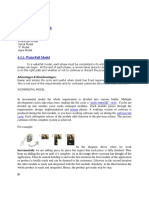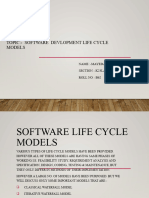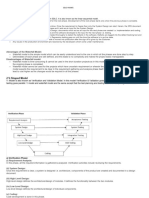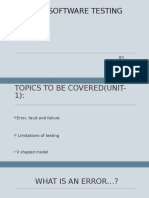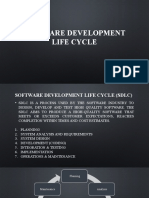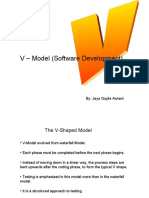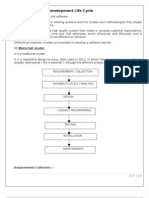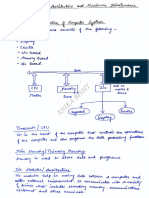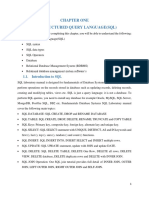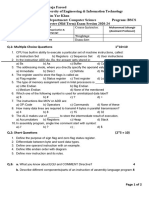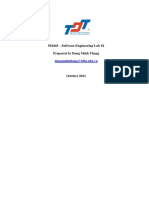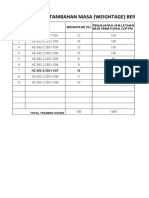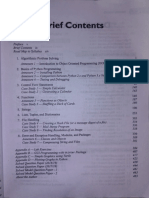1
SOFTWARE DEVELOPMENT MODELS
Water fall Model (or) Sequential Model
Prototype Model
Spiral Model
V – Model
Agile Model
INITIAL Req. Gathering BRS
1) Water fall Model (or) Sequential Model
ANALYSIS Sys. Design SRS
DESIGN S/W Design TDD, GUI
Unit Test UTR
CODING Implementation
Int. Test ITR
Mod. Test MTR
TESTING Black box Testing
Sys.Test STR
UAT UATR
Del & Maint Delivery to Client
Advantages:
It is a simple model and easy to maintain project implementation is very easy.
Drawbacks:
Can’t incorporate new changes in the middle of the project development.
2) Prototype Model
S R S Doc Client Environ conformation
Base lined
Unclear Req
H/W Prototype Demo to Client
Prototype
S/W Prototype Demo to Client
B R S Doc Req .are Refined
Base lined
1
e
� 2
Advantages:
When ever the customer with the requirements then this is the best model to gather the clear
requirements.
Drawbacks:
It is not a complete model.
Time consuming model
Prototype has to be build company’s cost
The user may strict to the prototype and limit his requirements.
3) Spiral Model
Defining the objects
Work around
Constraints
Refunding and planning for the next cycle. Risk root cause Analysis.
Estimation
Contingencies.
Implementation.
Advantages
This is the best-suited model for highly risk-based projects.
Drawbacks
Time consumed model, costly model and project monitoring and maintenance is difficult.
2
� 3
4) V – Model
Verification Validation
Initial BRS Prepare Pro. Plan
& Prepare Test Plan
Analysis SRS Req. Phase Testing
Design TDD Design phase Testing
&
Coding SCD Program phase Testing
System Testing
Testing S/W Test Management process
Build User Acceptance Testing
Delivery Port Testing
& S/W Efficiency
Maintenance Test S/W Changes
Advantages
As the verification and validation are done along with the Test Management. The out come of V-
Model is a quality product.
Drawback
Time consuming and costly model.

